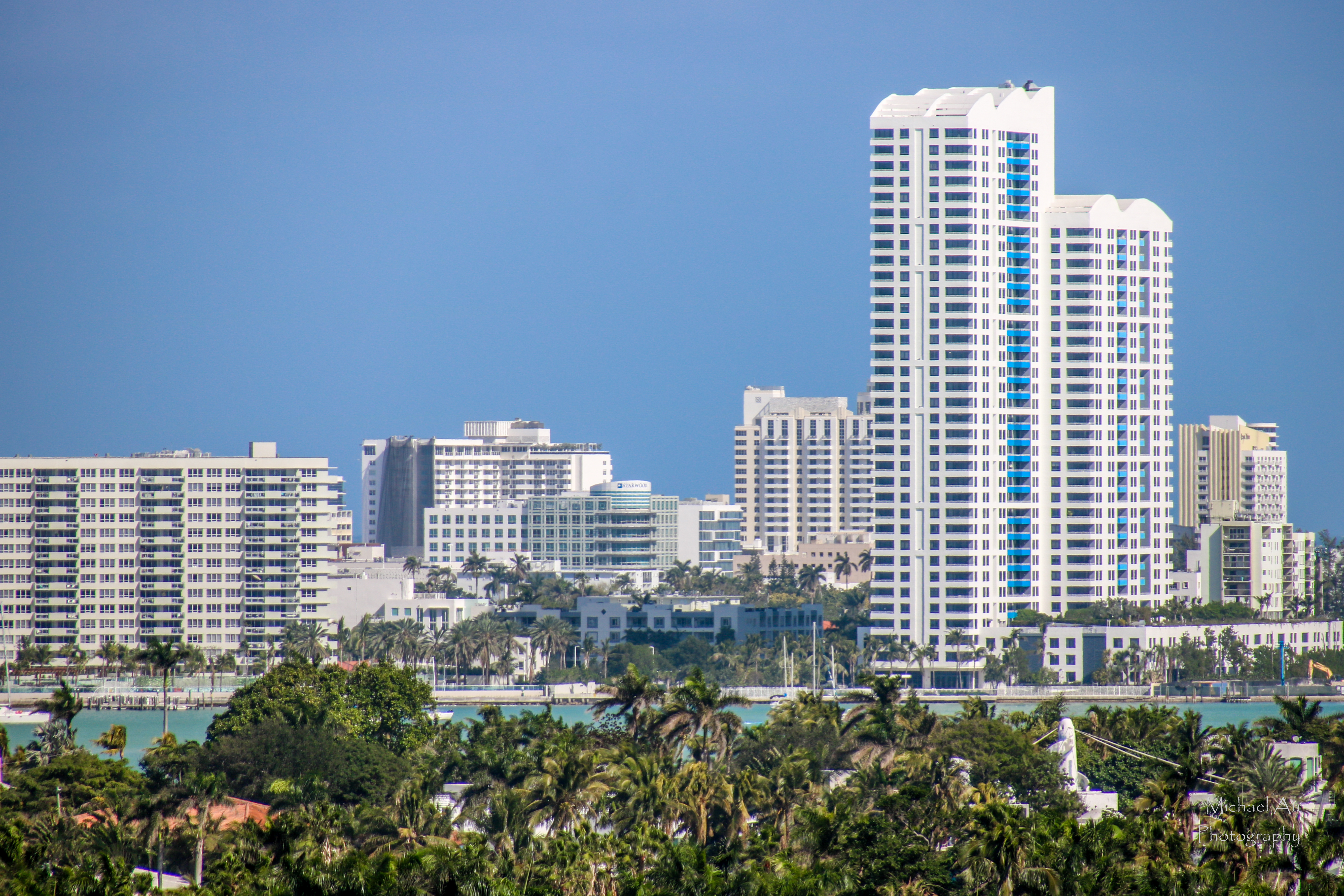

Audio By Carbonatix
After soaring for the past 15 years, home prices in Miami may be on the verge of a sharp descent, according to UBS Global Wealth Management, a private wealth management firm. A recent study by the company placed Miami at the top of its list of housing markets most likely to burst.
A housing bubble occurs when home prices rise far beyond their actual values, which is often driven by conjecture from investors and increased buyer demand, according to UBS. A so-called burst occurs when unsustainable home-price growth leads to fewer buys, which can eventually cause a dramatic drop in home prices.
The warning follows a summer in which Miami homeowners began delisting properties en masse, at a rate more than twice that of the rest of the nation. The issue stemmed from homes languishing on the market for far longer than in years past. Homes throughout the United States stayed on the market for a median 58 days, while Miami homes lingered unsold for an additional 16 days.
By September, the mass delistings and languishing properties gave Miami the strongest buyer’s market in the country, according to Realtor.com. Miami shows the highest bubble risk among the cities UBS studied, beating out cities like Tokyo, Zurich, Los Angeles, Dubai, Amsterdam, and Geneva.
This year, make your gift count – Invest in local news that matters.
Our work is funded by readers like you who make voluntary gifts because they value our work and want to see it continue. Make a contribution today to help us reach our $30,000 goal!
“Historical data reveals patterns of property market excesses,” according to the study, noting typical signs include home-price growth outpacing income growth.
The UBS index measures the likelihood that housing markets are in bubble territory. It doesn’t predict exactly when prices might drop, but warns that changes in the economy, investor confidence, or a big increase in housing supply could cause home values to fall. The study also notes that, over the past 15 years, Miami has experienced the strongest inflation-adjusted housing price growth among the major international cities it examines.
That growth has cooled over the last year, UBS notes in the study. Though homes are less affordable than ever, purchase prices are still rising faster than rental costs — a sign of high bubble risk. The relationship between the two prices in a given market is measured by what real estate experts call the price-to-rent ratio, a financial metric that helps experts determine whether it’s more cost-effective to buy or rent a home in a given market. Miami’s current price-to-rent ratio is 20, according to Stacker.com (based on a median home sale price of $635,000 and median rent of $32,280 annually). “The current price-to-rent ratio has surpassed even the extremes of the 2006 property bubble,” the UBS index notes.
Housing inventory in Miami is approaching pre-pandemic levels, as slightly lower mortgage rates have prompted some homeowners to sell.
“While price growth is expected to turn negative in the coming quarters, a sharp correction appears unlikely at this stage,” according to the study. “Miami’s coastal appeal and favorable tax environment continue to attract newcomers from the US West and Northeast, with real estate prices still well below those in New York and Los Angeles. International demand — particularly from Latin America — remains robust, especially in the luxury oceanfront condo segment.”